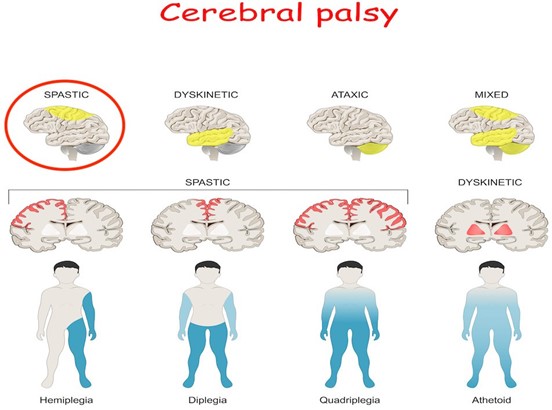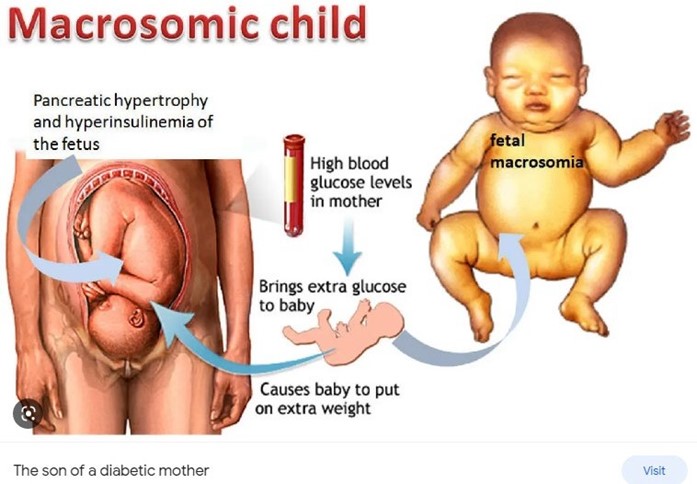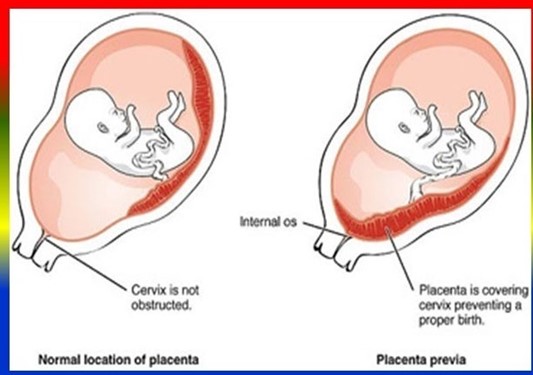A child with cerebral palsy (CP) is taking baclofen, a relaxant. Which assessment finding indicates to the practical nurse (PN) that the drug is effective?
Increased appetite.
Sufficient urinary output.
Fewer temper outbursts.
Decreased muscular spasticity.
The Correct Answer is A
Baclofen is a muscle relaxant that can help relieve muscle spasms and manage conditions such as cerebral palsy¹. An assessment finding that indicates the drug is effective for a child with cerebral palsy would be decreased muscular spasticity. This means that the child's muscles are less stiff and rigid, which can improve their mobility and overall quality of life.
The other choices are incorrect because they are not directly related to the therapeutic effects of baclofen. Baclofen is a muscle relaxant that is used to relieve muscle spasms and stiffness. While it may have other effects on the body, its primary therapeutic effect is to decrease muscular spasticity.
- Increased appetite is not a known effect of baclofen.
- Sufficient urinary output is important for overall health, but it is not directly related to the effectiveness of baclofen.
- Fewer temper outbursts may be an indirect result of decreased muscular spasticity and improved mobility, but it is not a direct effect of baclofen.

Nursing Test Bank
Naxlex Comprehensive Predictor Exams
Related Questions
Correct Answer is D
Explanation
Gestational diabetes mellitus (GDM) is a type of diabetes that occurs during pregnancy. If euglycemia, or normal blood glucose levels, is not maintained during pregnancy, the fetus can be at risk for a number of complications. The greatest risk to the fetus in this situation is the development of a macrosomic newborn, or a newborn that is significantly larger than average. This occurs because the excess glucose in the mother's bloodstream is passed on to the fetus, leading to excessive fetal growth.
Macrosomia can lead to complications during delivery, such as shoulder dystocia, and can increase the risk of injury to both the mother and the baby. While low birth weight and preterm birth are also potential complications of GDM, macrosomia is considered the greatest risk to the fetus if euglycemia is not maintained. Cleft palate is not typically associated with GDM.

Correct Answer is A
Explanation
This can offer a safe place for her and her unborn child. The shelter can also provide resources for counseling and legal assistance if needed.
The safety plan and restraining order are important measures, but the priority should be to ensure the client's immediate safety.
The visit summary documenting the report of abuse is also important, but it should not be the only information provided to the client.

Whether you are a student looking to ace your exams or a practicing nurse seeking to enhance your expertise , our nursing education contents will empower you with the confidence and competence to make a difference in the lives of patients and become a respected leader in the healthcare field.
Visit Naxlex, invest in your future and unlock endless possibilities with our unparalleled nursing education contents today
Report Wrong Answer on the Current Question
Do you disagree with the answer? If yes, what is your expected answer? Explain.
Kindly be descriptive with the issue you are facing.
